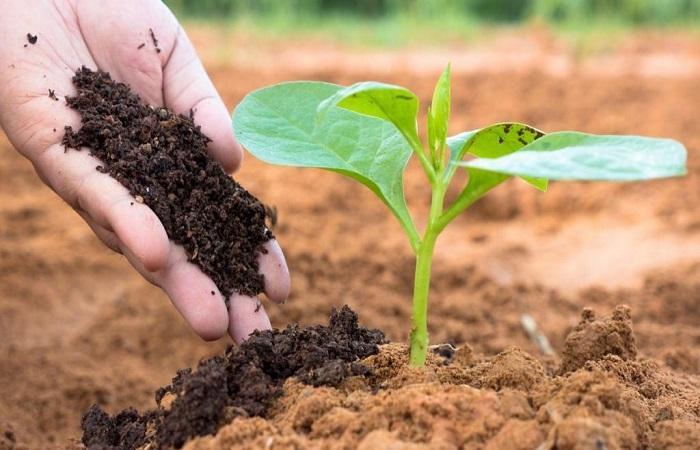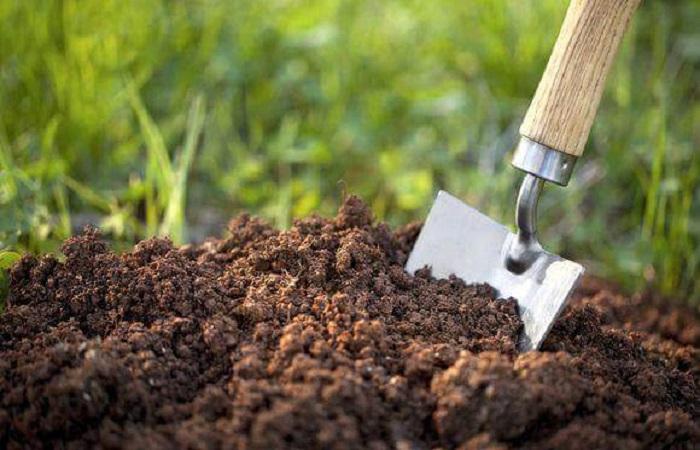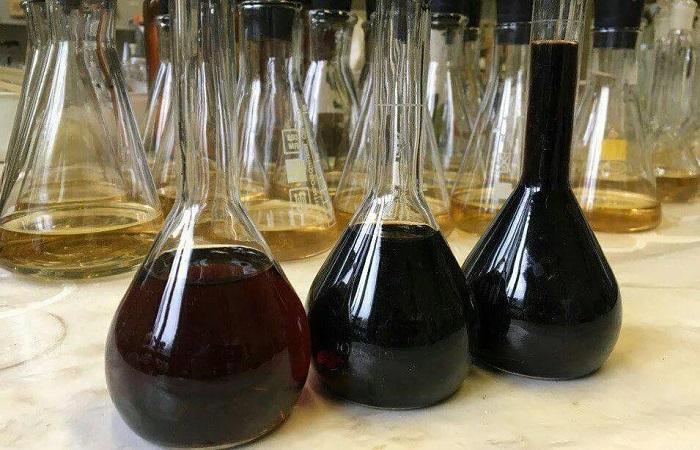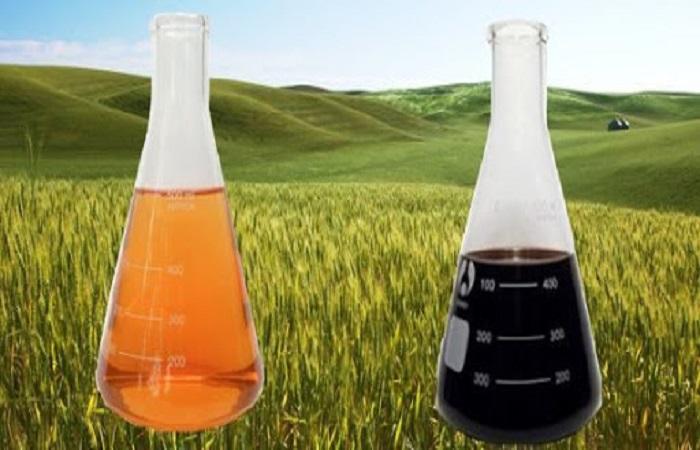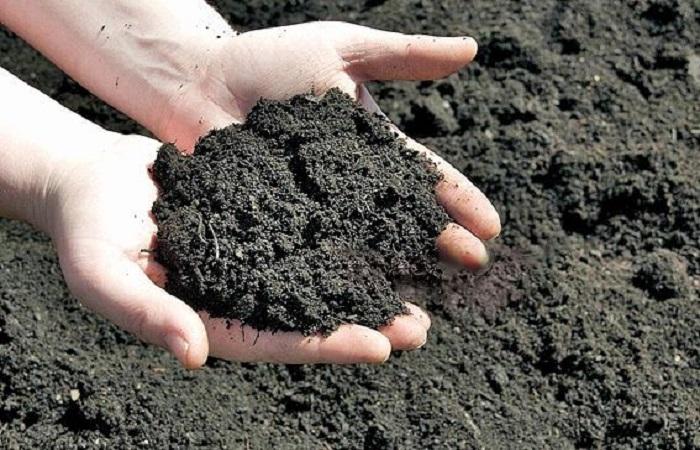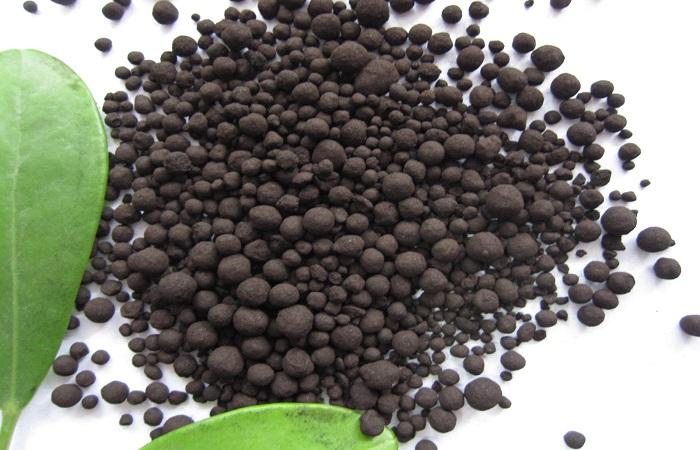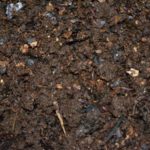Soil organic matter refers to a combination of organic components that are present in the form of humus, plant residues and animal waste products. In fact, this component is a complex of complex organic components that are biogenic in nature. Their content affects soil fertility. Therefore, when the level of organic substances decreases, appropriate measures must be taken.
- Sources of soil organic matter
- Meaning and composition
- Humic substances
- Humic acids
- Fulvic acids
- Humins
- Non-humified substances
- The influence of various farming methods on the regime of organic matter and the humus status of soils
- Cereals
- Application of fertilizers
- Agronomic importance of soil organic matter and ways of its regulation
- Reproduction of humus
- Why is the humus content low in mountain soils?
Sources of soil organic matter
Organic matter in soil is formed under natural conditions. They enter the soil as a result of the death of plants and microorganisms. Also included in the intake groups are ground-dwelling animals and products that remain after their vital activity.
In arable areas, the general scheme of substance formation is based on plant residues and organic fertilizers, which impart fertility to the soil. The advantage of using plant residues is considered to be a reduction in the costs of using organic fertilizers.
Meaning and composition
Organic matter in the soil accumulates reserves of nitrogen and potassium. It also contains phosphorus, carbon and other valuable components. Thanks to the balance of nutrients, it is possible to achieve the required soil regime, prevent erosion, and reduce the influence of toxins.
With the help of organic matter, it is possible to regulate the consumption of nutrients and prevent unproductive losses associated with leaching. They also make mineral fertilizers more effective.
A deficiency of organic matter in the soil structure provokes a violation of chemical, physical and biological characteristics. Due to its high absorption capacity, humus prevents the migration of cations along the soil profile, absorbs toxins, and increases biological activity.
Organic soil components are divided into 2 categories:
- Humic substances of a specific nature, which are resistant to decomposition, and humic acids. Also included in this category are humin and fulvic acids.
- Non-humified or non-specific components, which may be of plant or animal origin. This group also includes some intermediate decomposition products. For example, cellulose, fiber, protein elements. In addition, starch and amino acids are included in this category. The share of this part of the substance is 10-15% of the total reserve in the soil structure. It decomposes easily and serves as a source of nutrition for plants.
Soils that contain a lot of humus are considered more biologically active. They are characterized by a high content of microorganisms, good enzymatic activity, and intensive formation of carbon dioxide.
Moreover, the volume of humus differs significantly depending on the type of soil. For example, the percentage of this substance in podzolic soils is inferior to that of chernozems.
The specific humus content in different types of soil is presented in the table:
| Soil type | Volume of humus in the upper layer, % | Humus reserves, tons per 1 hectare | |
| layer from 0 to 20 centimeters | layer from 0 to 120 centimeters | ||
| Sod-podzolic | 2-4 | 53 | 80-120 |
| Southern black soil | 4-5 | — | 300-350 |
| Leached black soil | 7-8 | 192 | 500-600 |
| Powerful black soil | 10-12 | 224 | 650-800 |
| Ordinary black soil | 6-8 | 137 | 400-500 |
| Gray forest podzolized | 4-6 | 109 | 150-300 |
| Krasnozem | 5-7 | 153 | 150-300 |
| Serozem | 1-2 | 37 | 50 |
Humic substances
About 90% of organic elements are represented by humus components. These include humic acids, humin and fulvic acids. By their nature, these elements are resistant to decomposition. 50-60% of their composition is carbon, and 30-45% is oxygen. Only 2.5-5% of the total is nitrogen. The structure also contains phosphorus, sulfur and other components.
Humic acids
They are a type of humic acids that are dark in color. They dissolve in alkalis, but are resistant to acids.These components are organic acids containing nitrogen. They differ in their cyclic structure.
The content of these components is influenced by the type of soil, the composition of residues, and the characteristics of humification. The maximum amount of carbon is contained in the components of chernozem. Agriculture changes the elemental structure of such acids slightly.
Fulvic acids
This concept includes the category of humic acids, which are easily soluble in water. They also mix easily with acids and alkalis. These are organic acids that include nitrogen and carbon. They also contain hydrogen and oxygen. Fulfonic acids contain less carbon and more oxygen, unlike humic acids.
Moreover, the effect of fulvic acids on minerals present in the soil primarily depends on the content of humic acids in it. The less humic acids are present in the soil, the more pronounced the effect of sulfonic acids.
Like humic acids, they have functional categories that are able to absorb cations. They can also form calcium and magnesium salts, which have a soluble structure.
Fulvic acids are more mobile.The nitrogen components in their composition do not have such a strong bond. That is why they are more easily hydrolyzed by acids than the nitrogen components present in humic acids. Fulvic acids include 20-40% of soil nitrogen, and humic acids - 15-30%.
Humins
This term refers to a combination of humic and fulvic acids. Moreover, by their nature, humins are closer to humic acids. They differ from fulvic acids by a stronger connection with the mineral part of the soil and high resistance to microorganisms.
Humins do not dissolve in alkalis and acids. They are also not affected by organic products. The structure of these soil components contains 20-30% of the nitrogen contained in the soil.
Non-humified substances
The share of non-humified components accounts for 10-20% of the total volume of organic soil components. It is a source of nutrition for plants and biota. Some of these substances activate or inhibit the development of living microorganisms. This is reflected in the transformation of soil nutrients and fertilizers from forms that cannot be absorbed by plants.
Approximately 10-30% of non-humified components take part in the formation of humus. The lack of such elements negatively affects the nutritional regime of all organisms living in the soil.
The influence of various farming methods on the regime of organic matter and the humus status of soils
Today there are many agricultural practices that help increase the content of humus and other valuable components in the soil.
Cereals
To create a positive balance of organic components in the soil structure, it is necessary to increase the share of grain crops in the crop rotation. Perennial legumes and pulses can also be used.
Application of fertilizers
The use of mineral fertilizers is often the main factor that helps increase yield parameters. However, yield is not considered an absolute parameter of fertility. Reproduction of soil organic matter helps to achieve high efficiency in using increased volumes of mineral fertilizers.
Agronomic importance of soil organic matter and ways of its regulation
To achieve the desired results in growing cultivated plants, it is important to accompany the application of organic fertilizers with a whole range of agrotechnical measures. It includes the following:
- liming or gypsuming of soil;
- rational application of mineral fertilizers;
- correction of the structure of sown areas.
Reproduction of humus
To reproduce humus, it is recommended to cultivate perennial grasses. This helps to achieve positive results due to the accumulation of a large amount of plant residues and slowing down the mineralization of humus.
Key ways to make up for losses include the following:
- the use of various types of organic fertilizers in combination with minerals;
- plowing of green manure and root remains;
- introduction of legumes and legume-cereal crops into crop rotation.
Why is the humus content low in mountain soils?
Mountain types of soil contain a minimal amount of humus, since they are based on hard rock. When mixed with soil during precipitation, mud is formed that resembles clay in structure.
Soil organic matter is an important component that affects the degree of soil fertility. To increase the content of valuable elements in the soil structure, it is necessary to apply appropriate agricultural techniques.

